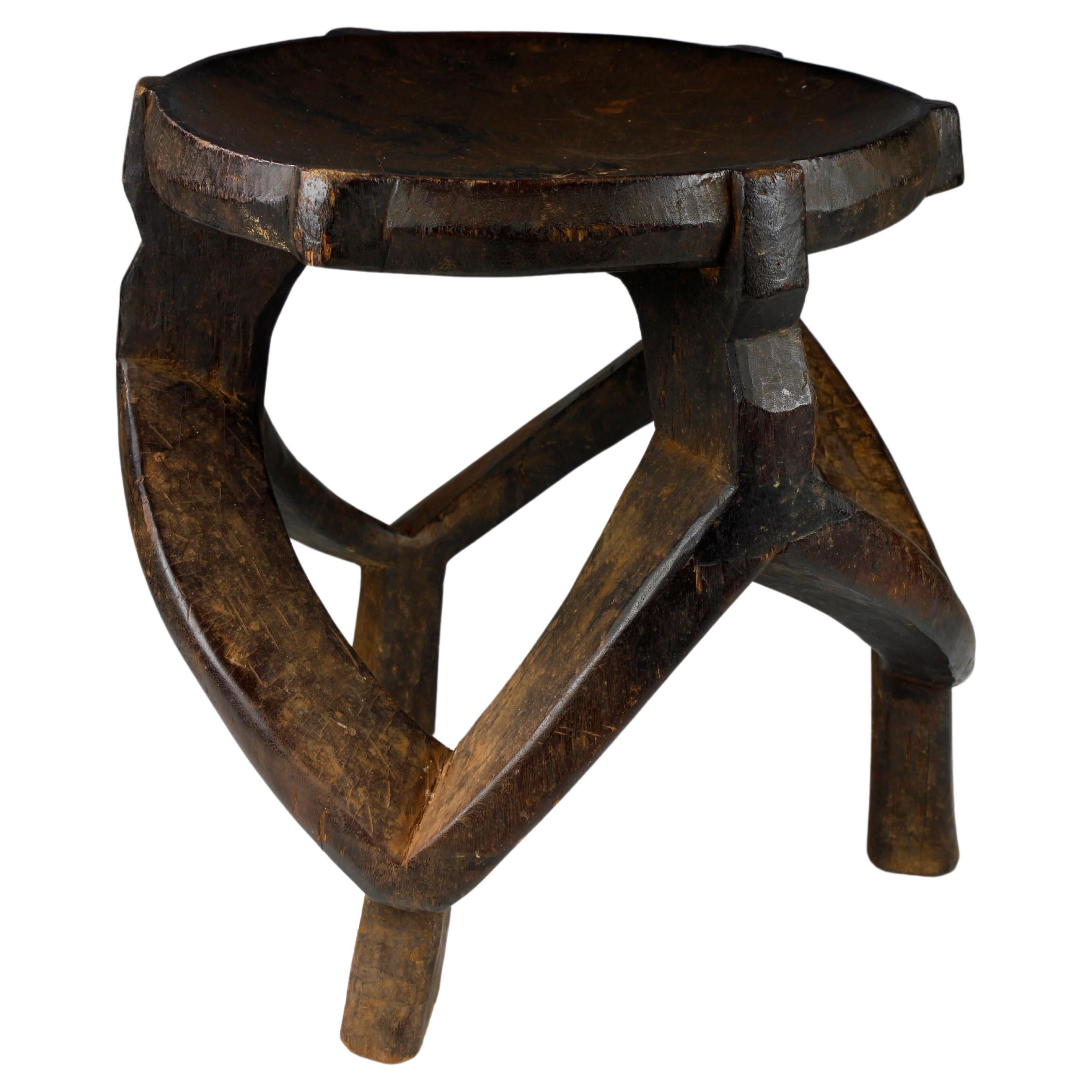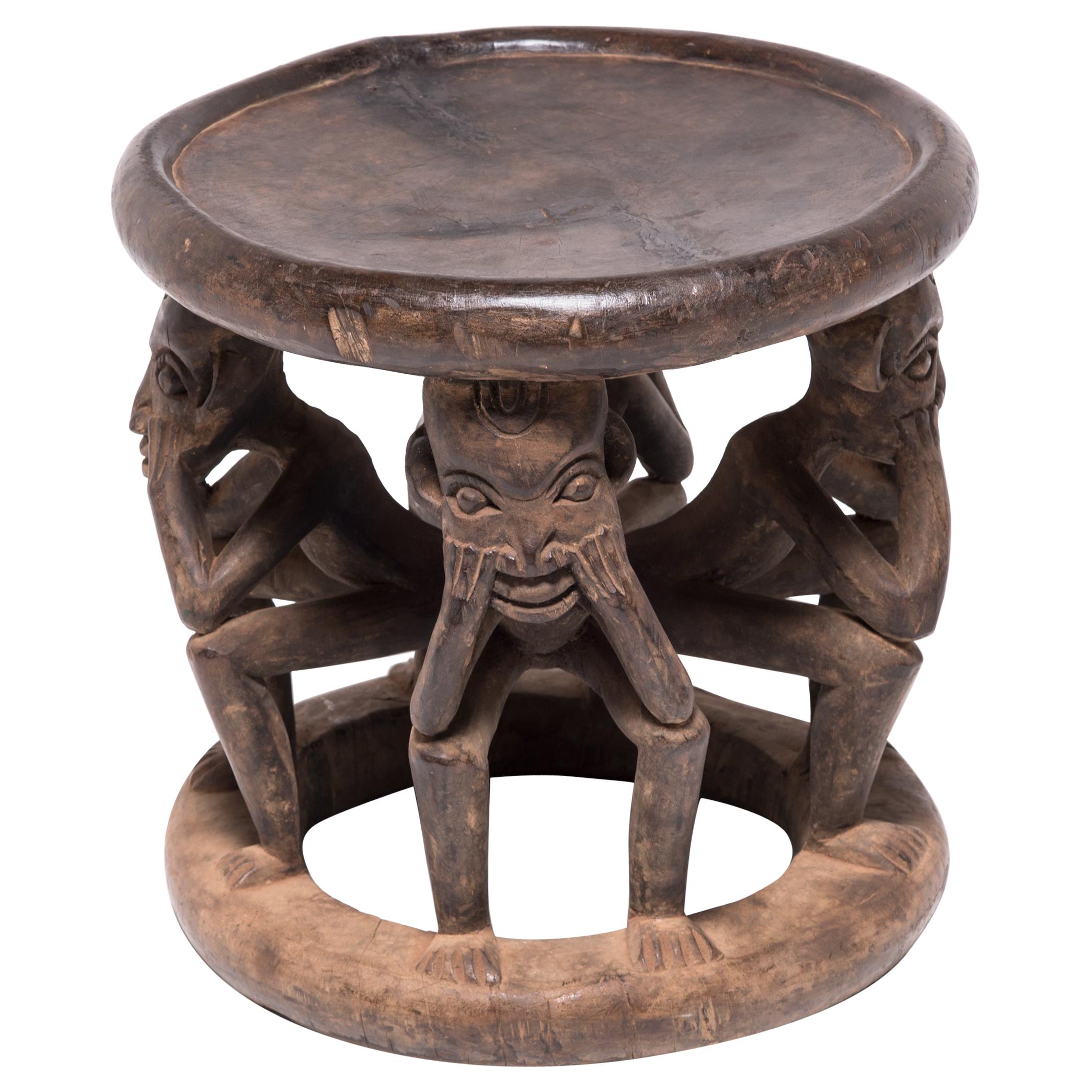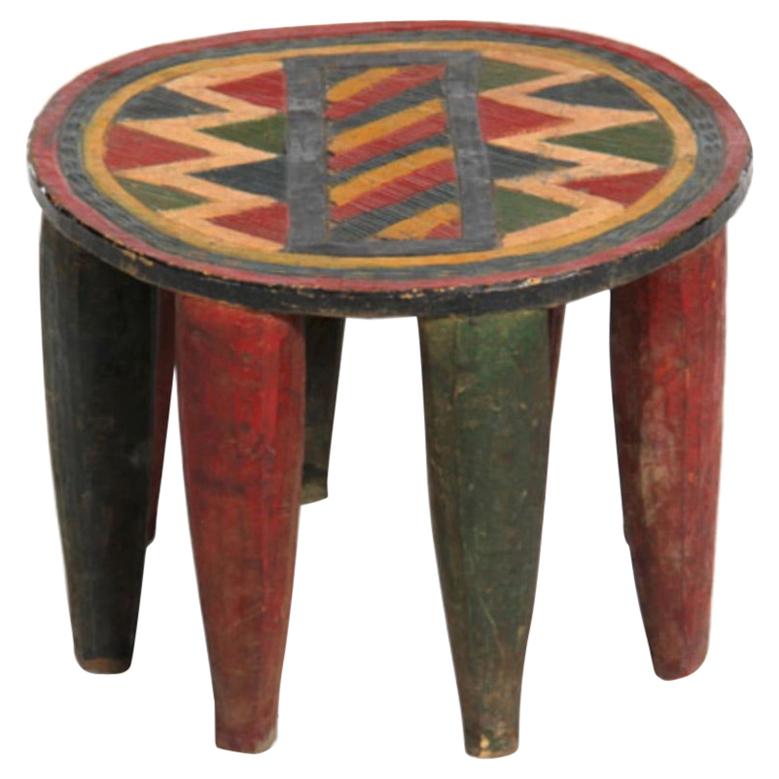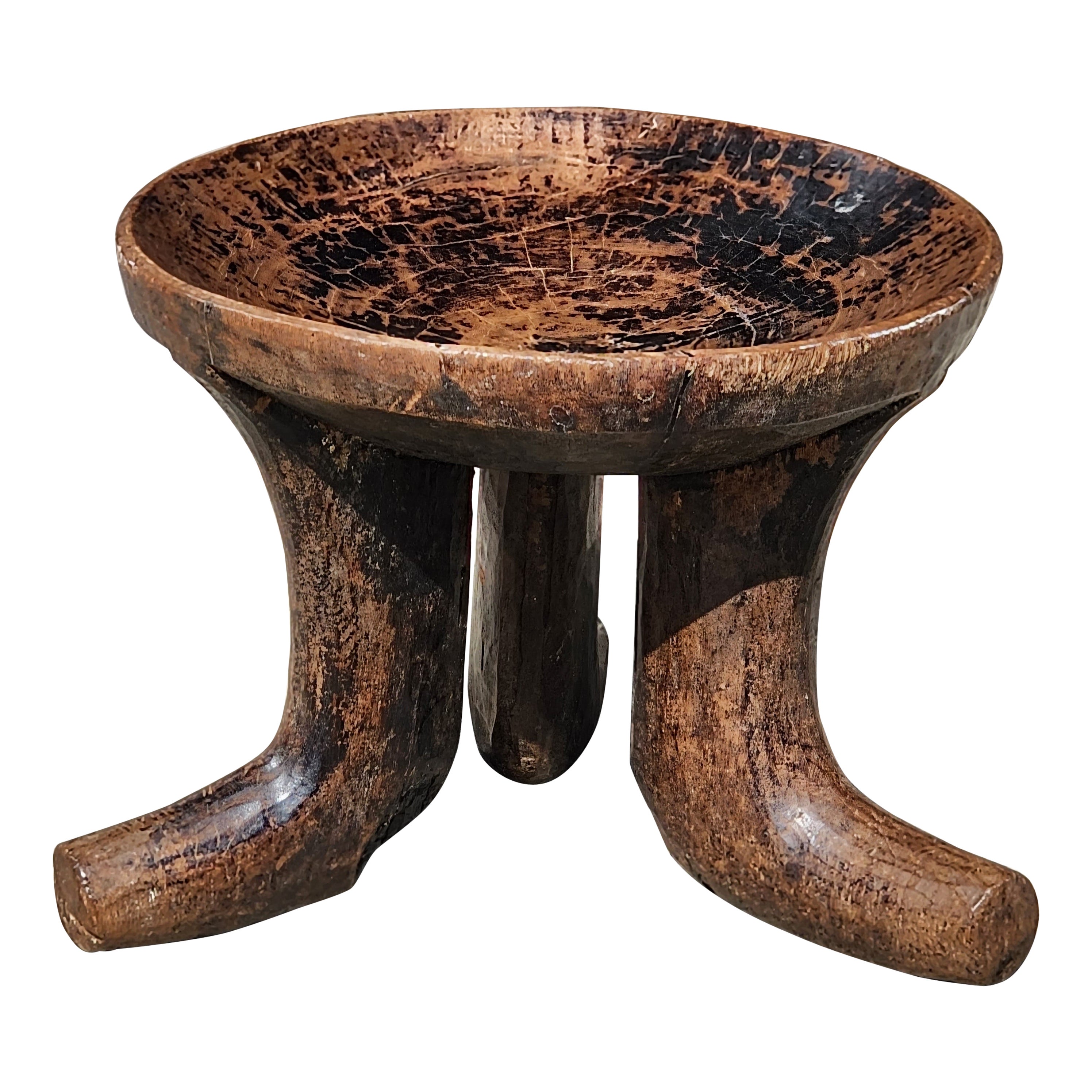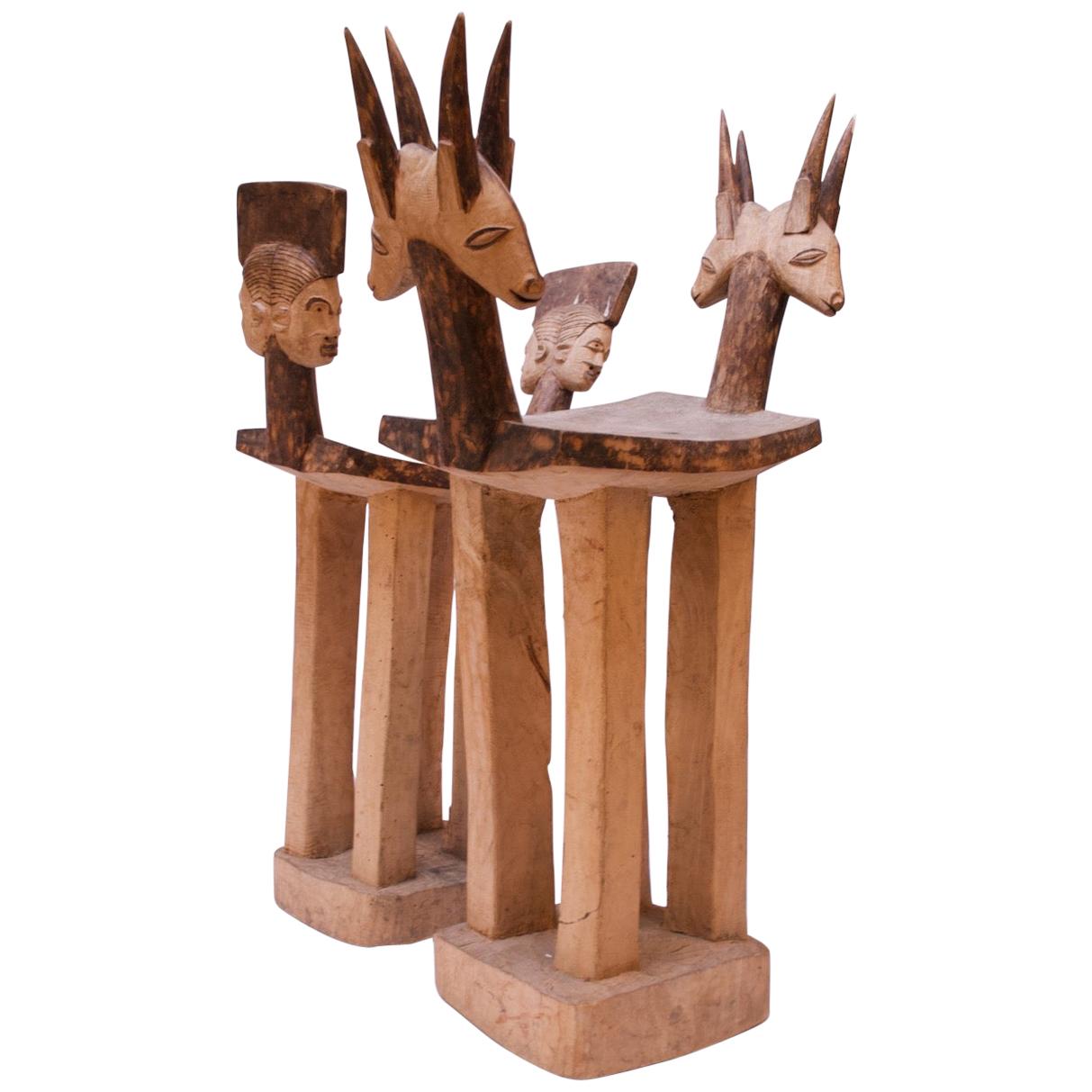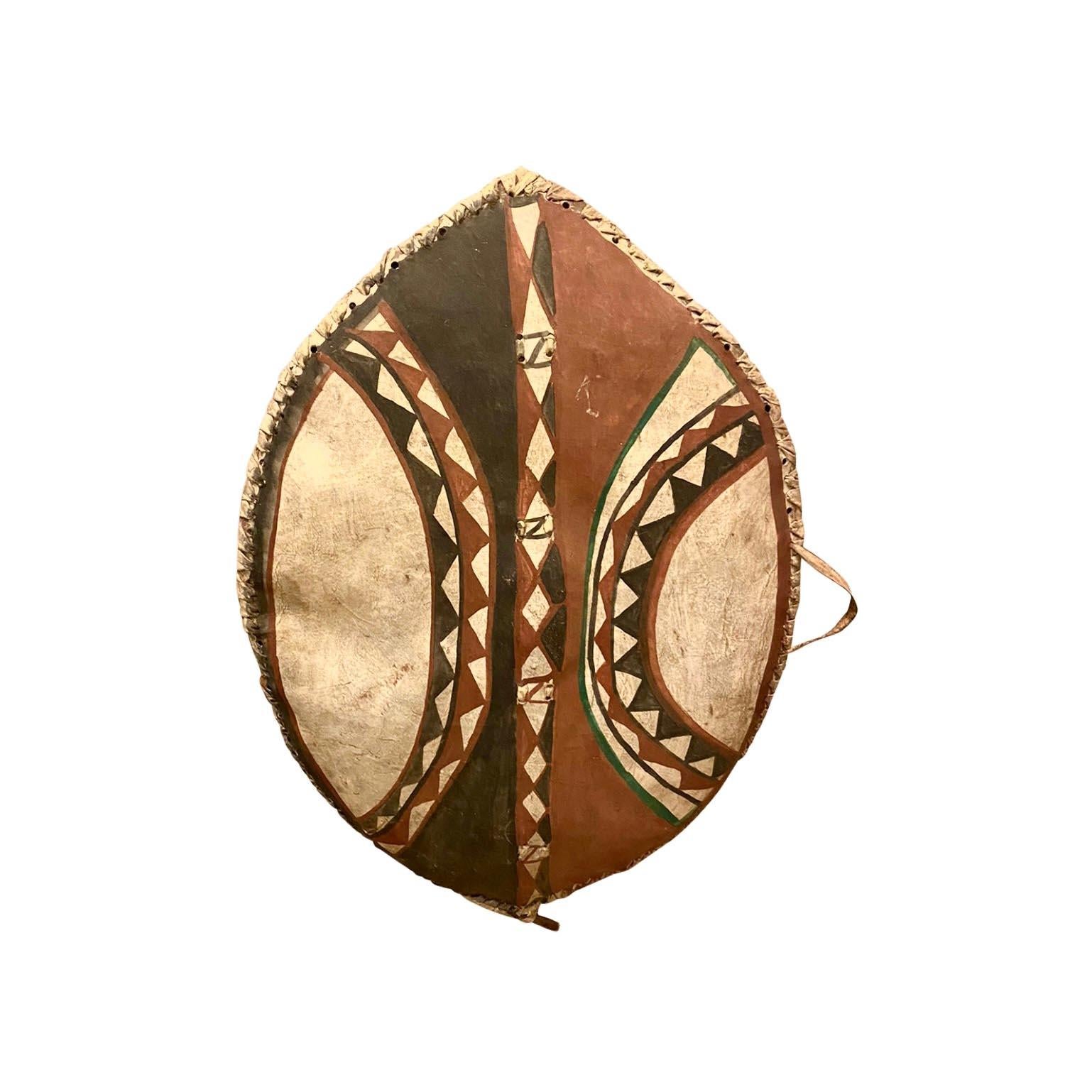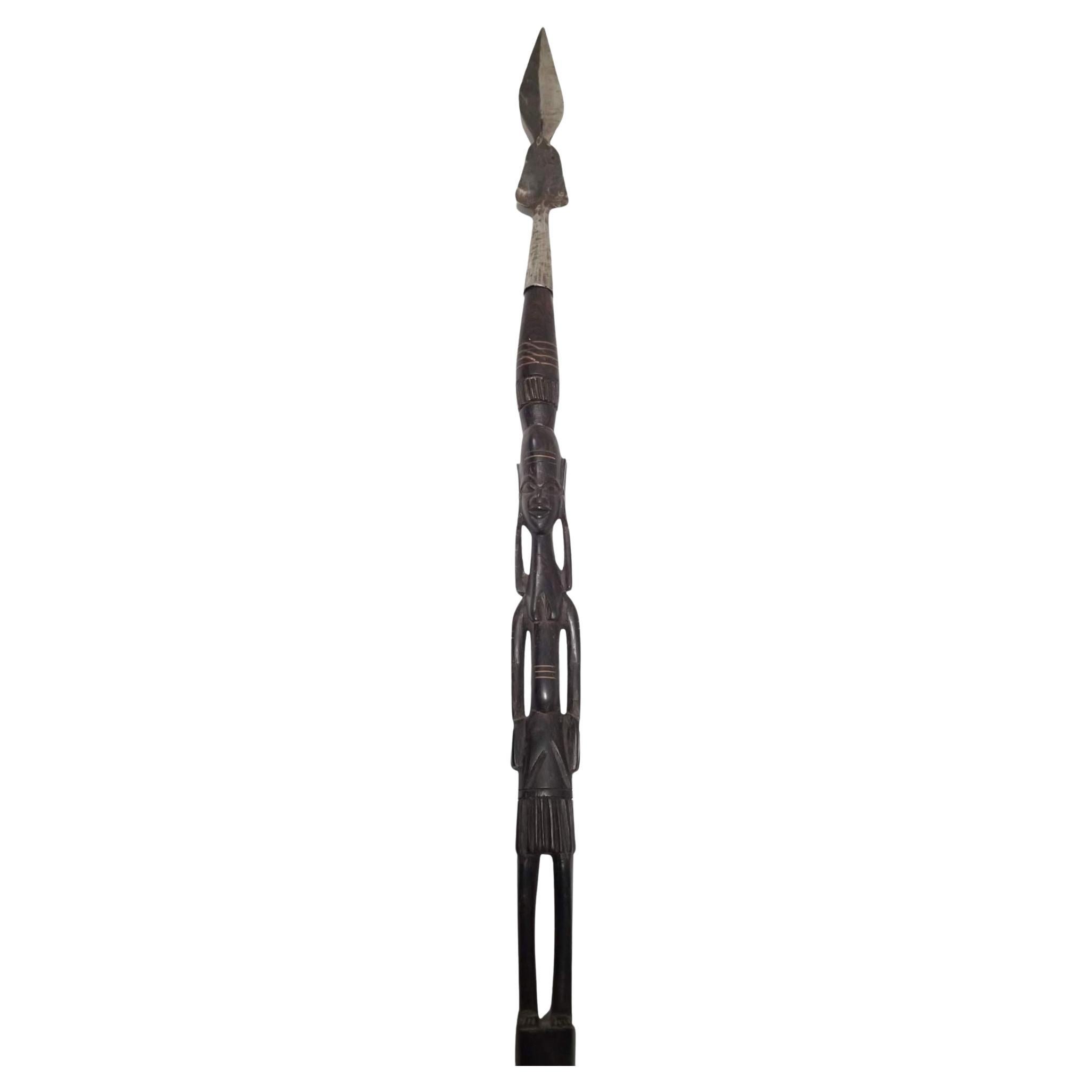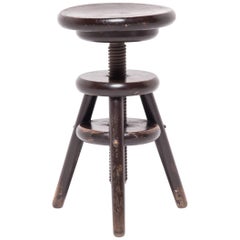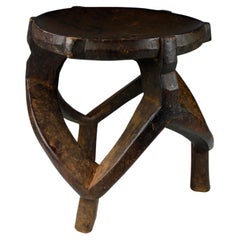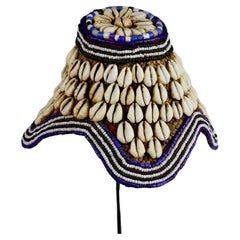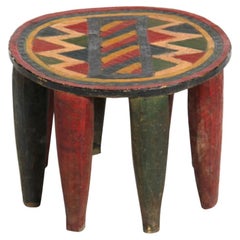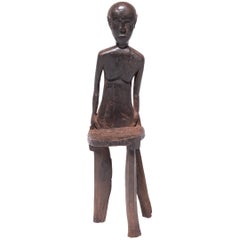
Tanzanian Figurative Chieftain's Stool
View Similar Items
Want more images or videos?
Request additional images or videos from the seller
1 of 7
Tanzanian Figurative Chieftain's Stool
About the Item
- Dimensions:Height: 36 in (91.44 cm)Width: 9.25 in (23.5 cm)Depth: 10.5 in (26.67 cm)
- Materials and Techniques:
- Place of Origin:
- Period:
- Date of Manufacture:1900
- Condition:Wear consistent with age and use.
- Seller Location:Chicago, IL
- Reference Number:Seller: CAA13931stDibs: LU820010034691

About the Seller
4.9
PAGODA RED is a renowned resource for designers as well as collectors of contemporary and ancient Chinese, Korean and Japanese art. They offer a curated edit of fine and provincial furniture, ceramics, scholars' objects, and paintings and textiles, each piece historically and geographically authentic.
Diamond Seller
These expertly vetted sellers are 1stDibs' most experienced sellers and are rated highest by our customers.
Established in 1997
1stDibs seller since 2006
1,412 sales on 1stDibs
Typical response time: 1 hour
More From This SellerView All
- Bamileke Figurative Round StoolLocated in Chicago, ILMarked by the telltale Bamileke rounded disc seat and base, this stool features a group of pondering human figures as its vertical supports instead of the more common abstract carvin...Category
Mid-20th Century Cameroonian Tribal Stools
MaterialsWood
- Ashanti Fawohodie StoolLocated in Chicago, ILStools indicated power, status, and lines of succession in traditional Ashanti culture. The tiered platform, curved seat, and ridged supports on this object reference the Ashanti Kin...Category
20th Century Ghanaian Tribal Stools
MaterialsWood
$1,480 - Chinese Turn Stool, c. 1900Located in Chicago, ILIt is unusual to see an early 20th century Chinese round stool with adjustable height. The artisan who created this inventive stool hand-carved the cylindrical center post for easy a...Category
Early 20th Century Chinese Qing Stools
MaterialsElm
- Chinese Turn Stool, c. 1900Located in Chicago, ILIt is unusual to see an early 20th-century Chinese round stool designed to be adjustable. The artisan who created this inventive stool hand-carved the cylindrical center post for eas...Category
Early 20th Century Chinese Qing Stools
MaterialsElm
- Geometric Ashanti African StoolLocated in Chicago, ILAn indicator of status and family, stools play an integral role in traditional Ashanti culture. Believed to be the resting place for a person's soul, a stool is given to a child when they first learn to crawl and used in personal milestones throughout the rest of their life. Carved from a solid block of wood, each stool has a rectangular base and a distinctive curved seat supported by a central column and four corner posts. While some ceremonial stools are carved to convey particular proverbs, this stool is simply decorated with scalloped edges, geometric patterns, and a small cross. The combination of shapes and curved lines makes this Ashanti stool...Category
Early 20th Century Ghanaian Tribal Stools
MaterialsWood
- Reclaimed Elm Square StoolLocated in Chicago, ILCrafted of wood reclaimed from 18th-century Chinese buildings, this contemporary four-leg square stool is the epitome of farmhouse modern. Embracing the n...Category
21st Century and Contemporary Chinese Organic Modern Stools
MaterialsReclaimed Wood
You May Also Like
- Finely Carved Tanzanian Chieftain's StoolLocated in London, GBThis beautifully carved title stool, from the Gogo culture in Tanzania, features a wonderful looped and adjoining structure. Dating back to the mid-twentieth century, this fine examp...Category
Mid-20th Century Tanzanian Tribal Tribal Art
MaterialsWood
- Fine Early Prestige Kuba Chieftain's Cap (Laket Mishiing)Located in London, GBTraditionally worn as a symbol of rank and title, this beautiful Kuba chieftain's cap (laket mishiing) is embellished with cowrie shells and rows of blue, white and black glass beads...Category
Mid-20th Century Congolese Tribal Tribal Art
MaterialsShell, Natural Fiber, Beads
- 1950s Nigerian Eight-Leg Nupe StoolLocated in Sagaponack, NYAn eight-leg “Nupe” stool hand carved from a single piece of wood painted in an abstract pattern.Category
Vintage 1950s Nigerian Tribal Stools
MaterialsWood, Paint
- Three-Legged Stool "Daàká, " Dagara, Burkina FasoLocated in Point Richmond, CAThree-Legged Stool "Daàká," Dagara, Burkina Faso Dagara, Burkina Faso Wood, patina Early 20th century 32 x 8.5 x 5.5 in. / 81 x 21.5 x 14 cm Significant ...Category
Early 20th Century Burkinabe Other Tribal Art
MaterialsWood
- Early Twentieth-Century Tanzanian Village StoolLocated in London, GBThe form of this finely carved early twentieth-century village stool, from the Hehe culture in Tanzania, consists of four short, upright legs supporting a dish-shaped seat. A small d...Category
Early 20th Century Tanzanian Tribal Tribal Art
MaterialsHardwood
- African 'Oromo' Stool, Early 20th CenturyLocated in Kilmarnock, VAEthiopian and other African-influenced furniture had been made from the 1850s, the most famous being Adolf Loos's "Theban stool" designed around 1903 in t...Category
Mid-20th Century Ethiopian Tribal Tribal Art
MaterialsWood
Recently Viewed
View AllMore Ways To Browse
Tanzanian Wood
Chieftain Art
The Scream Munch
Chieftain Stool
Tanzania Stool
African Tribal Folk Art Painting
African Chieftain
Folk Tribal Art
Tribal Wood
Antique Tribal Art
African Carved Wood
Folk Art Africa
Vintage Tribal Art
Antique African Art African
Antique African Art
African Art Antique
African Antique Art
Hand Carved Tribal
